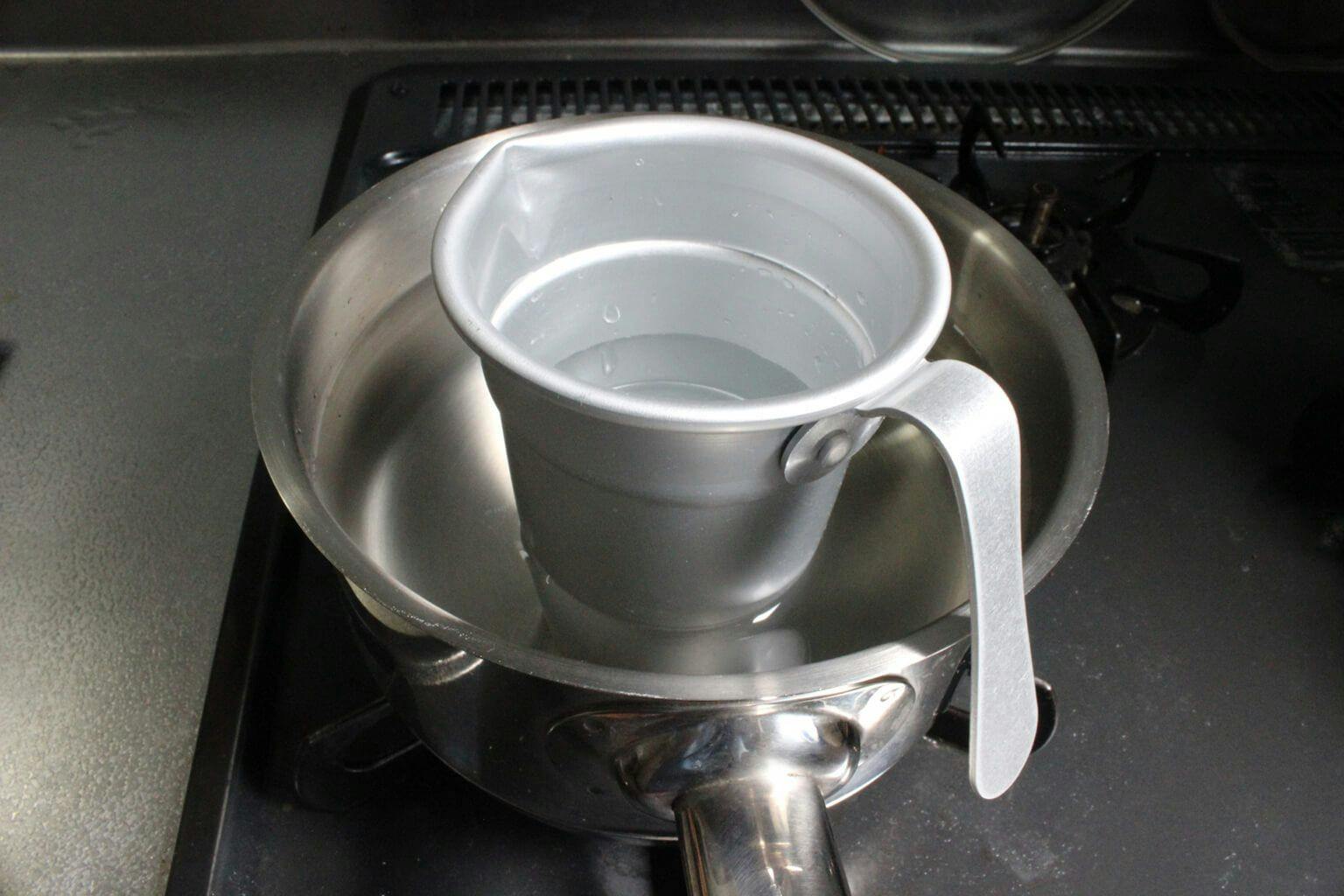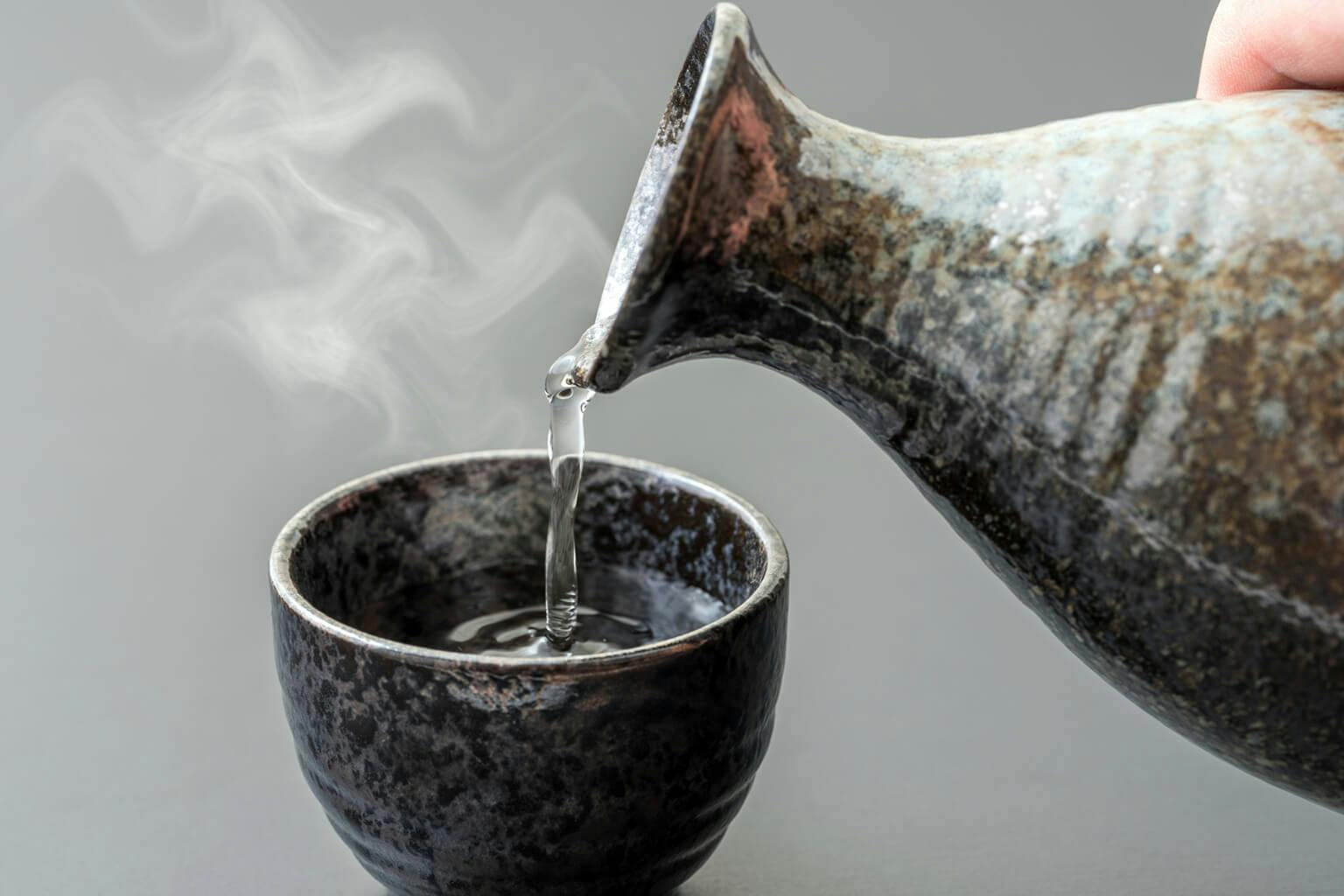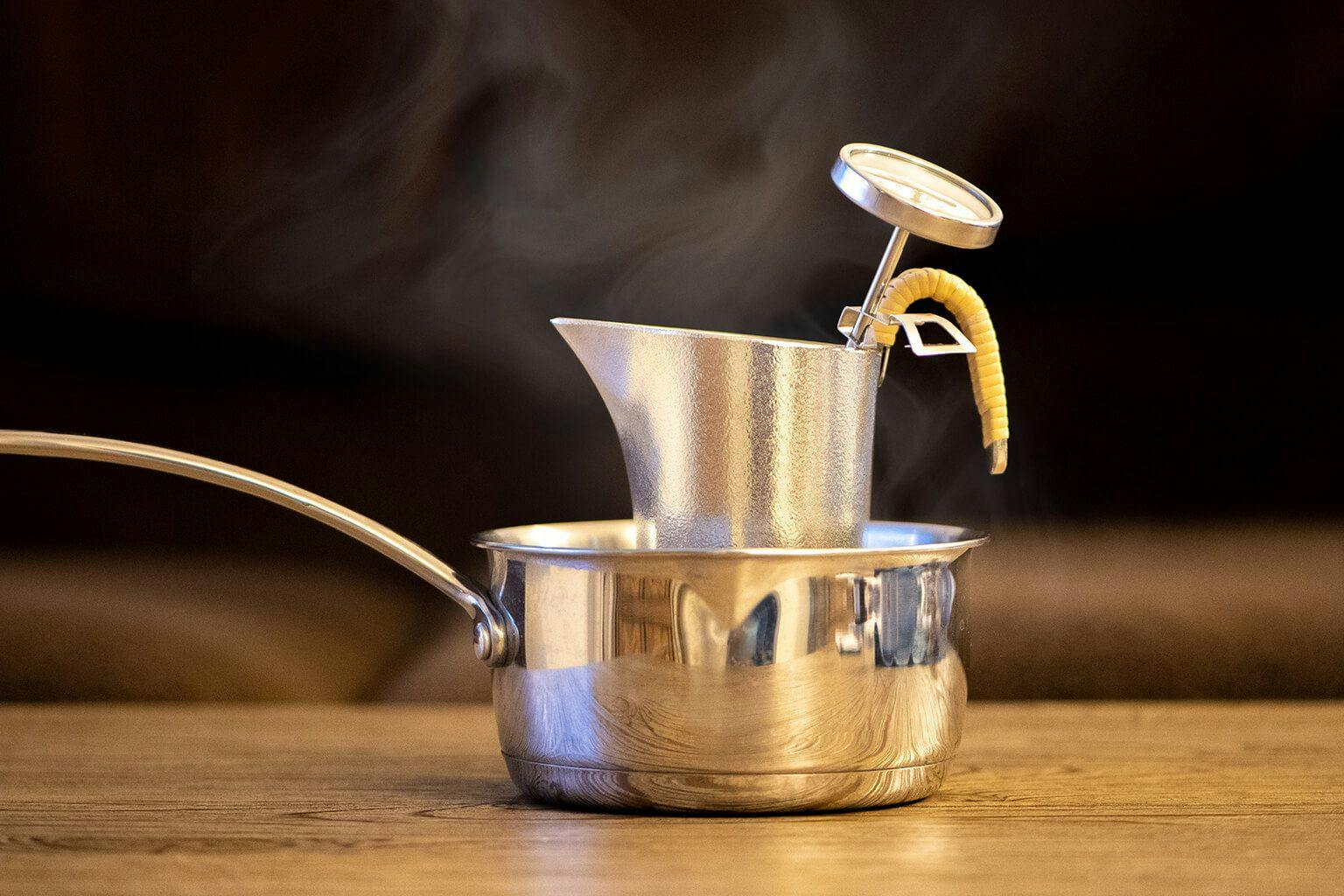Fact 4: You Should Not Make Sake Piping Hot
Table of Contents
If you’ve just started becoming interested in sake, you might lean towards serving it warm or hot. If you have a little more knowledge about sake, you might think the opposite, "the cooler the sake, the better."
Which is right?
Actually, neither are entirely correct. Extreme temperatures are not suitable for sake, but part of the reason why these ideas prevail is because there are lots of Japanese restaurants that serve sake atsuatsu (very hot). This style is, in fact, not the correct way of drinking of sake. Let’s shed the myth of “hot sake”--this is not appetizing at all!
Warm the sake gradually
Generally, the sweetness and aroma of sake is not as prevalent when served at lower temperatures. As you increase the temperature, the flavor becomes more complex. At about 35 degrees Celsius, the sweetness of sake peaks, then declines and gives way to a sharper taste of alcohol. Although some sake tastes better when served warm, going beyond the recommended temperature would risk losing the balance of flavors and being overpowered by alcohol.
Although sake can be warmed in the microwave, it would be difficult to manage and ensure that it heats evenly, affecting the overall taste. My recommendation is to prepare hot water in a pot and place the tokkuri (ceramic container or narrow decanter) to warm the sake gradually. Then, use a thermometer to check the temperature. This method is called yukan.

Maintaining the balance of taste
Each sake has its own recommended serving temperature. Although the sweet notes of sake peaks at 95 degrees Fahrenheit, this does not mean that sake is most delicious at this temperature. As mentioned in the previous article, sake has other delicate taste components such as acidity and bitterness, and the balance of the ingredients varies depending on each sake. As the temperature rises, a few things happen to the balance of taste: the sweetness increases, the bitterness component changes, and surprisingly, the acidity stays the constant. What is perceived as the most delicious temperature is different for each sake.
At the same time, not only does the taste change depending on the temperature, you will find that the cuisine also influences its flavor compatibility. For example: Sake that is perfect for white fish sashimi when chilled, transforms when warmed and is better paired with greasy meat dishes.

Sake is unique
Finding quality, premium sake can be challenging but well-worth the search and the wait. Next time you get your hands on a bottle of sake, look for the recommended storing and serving temperature, so that you can truly experience the uniqueness of the sake. Our monthly subscription box includes Tippsy cards that detail flavor notes, serving temperatures, and pairing suggestions to assist you in fully enjoying your sake!
Sake is not just for sake bombs or hot sake. But when served at the right temperature, hot sake offers many advantages: a mellow mouthfeel and a complementary and neutralizing effect on greasy food and strong seafood smells. Also even with the same alcohol content, hot sake helps you feel the effect of alcohol quicker than cold sake but you get sobered up quickly. It prevents from drinking too much without knowing how much you had. Enjoy your hot sake!

Saki Kimura
As a professional writer and editor based in San Francisco, Saki Kimura shares her passion for culinary culture with special focus on Japanese sake. Her extensive knowledge and extraordinary love for sake lead her to becoming a certified sake sommelier. With her unique perspective on flavors and versatility of sake, she guides you through new discoveries and appreciation that you never knew existed.
Learn about Tippsy’s Editorial process
Recent posts
All about sake
Sign up to receive special offers and sake inspiration!








